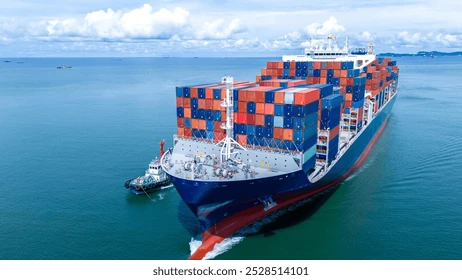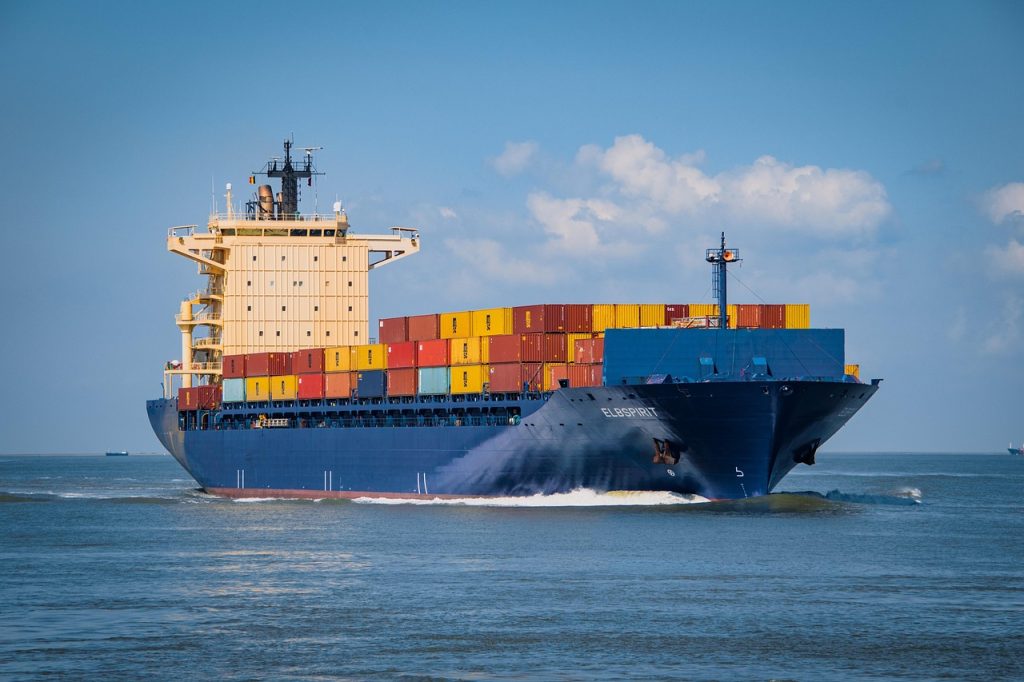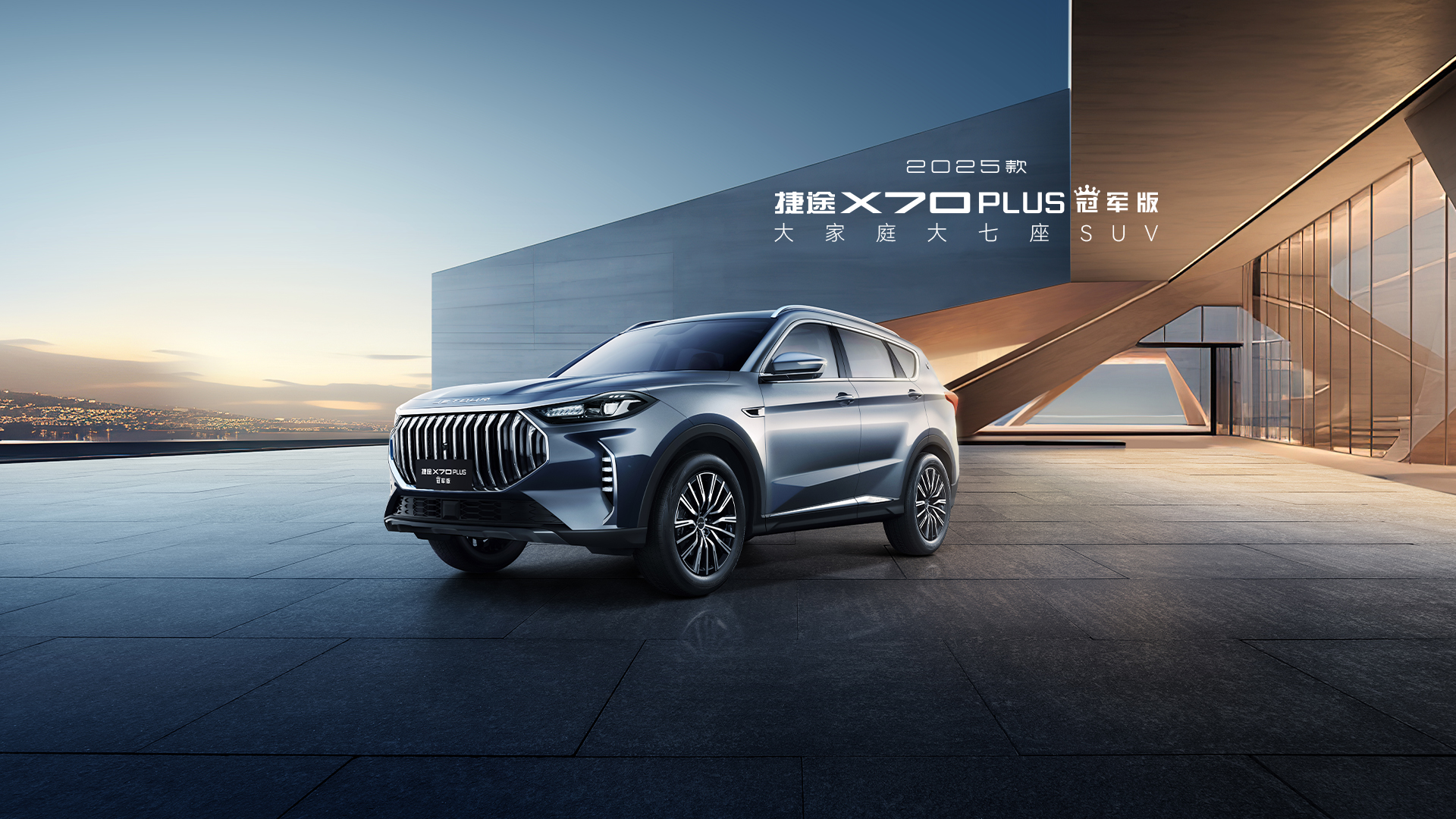Reported by Chen Jingbin, China Economic Journalist, in Guangzhou
The resilience of Chinese automobiles in the global market is evolving from "product export" to "system export". This transformation is not only reflected in the growth of sales volume but also stems from the full-chain layout such as overseas factory construction, technology output, and brand cultivation, laying the foundation for building sustainable global competitiveness.

Data from the China Association of Automobile Manufacturers shows that in the first half of this year, China's automobile exports reached 3.083 million units, a year-on-year increase of 10.4%. Despite the continuous impact of multiple international uncertainties, this breakthrough fully demonstrates the pressure resistance and competitive resilience of Chinese automobiles in the global market.
A relevant person in charge of GAC Group stated that overseas markets have become an important growth point for the company's sales. While expanding exports, GAC is actively promoting localized production and ecological 出海 (going global), adopting a model of "small batches, quick output, one-time planning, step-by-step implementation, and rolling development". At present, it has completed the layout of five major regions: the Middle East, the Americas, Africa, Southeast Asia, and Eastern Europe.

A relevant person in charge of BYD also introduced that BYD's overseas sales in the first half of this year exceeded 470,000 units, surpassing the total of last year, with a year-on-year increase of over 130%. In markets where Tesla has deeply cultivated, such as Italy, Spain, Turkey, Japan, Thailand, Indonesia, and Malaysia, BYD has achieved overtaking, and its brand reputation has steadily improved.

Wang Peng, an associate researcher at the Beijing Academy of Social Sciences, believes that overseas factory construction should be combined with localized operations. Enterprises need to establish a stable supply chain system locally, cooperate with high-quality suppliers, and introduce domestic core component suppliers; ensure manufacturing quality by training local employees, providing reasonable salaries, and dispatching backbones to guide production; establish policy research and government communication mechanisms to strive for policy support; and formulate a unified brand strategy combined with local cultural differences under the premise of strictly controlling the scope of core technology transfer.

Expanding overseas markets has become a "trend"
In the first half of this year, the pace of Chinese automobiles "going global" has significantly accelerated. Major car companies such as GAC Group, BYD, Changan Automobile, and Xpeng Motors have successively built factories in many parts of the world, moving from a single vehicle export to a new stage of "localized production + global services". This trend is not only a need for sales expansion but also an important measure to cope with trade barriers, reduce transportation costs, and be close to market demand.
Recently, Xpeng Motors officially launched its flagship model Xpeng X9 in Indonesia and announced that the right-hand drive version of X9 will be put into production locally in July this year. This is not only an important step in Southeast Asia but also a key step in its globalization strategy. As of June this year, Xpeng Motors has entered more than 40 countries and regions around the world, and its market territory continues to expand.

On May 16, Changan Automobile's Rayong factory in Thailand was officially put into production, and at the same time, it witnessed the offline of Changan's cumulative global output of 28.59 million units. Chairman Zhu Huarong said that the company plans to achieve global sales of over 5 million units by 2030, of which intelligent connected new energy vehicle sales will reach 3 million units.
Centering on the global "Haina Baichuan" plan, Changan Automobile is accelerating the expansion of five key regional markets outside China, planning to build a total of 20 overseas vehicle and KD (knocked-down) factories. Currently, 9 KD factories and 1 vehicle factory have been completed and put into production. The completion of the Thailand factory means that Changan Automobile's production network in Southeast Asia has initially taken shape.
BYD's overseas expansion is also advancing at a high speed. Data shows that BYD's overseas sales in the first half of this year exceeded 470,000 units, a year-on-year increase of 132%; according to the plan, the annual overseas sales in 2025 are expected to exceed 800,000 units. At present, its new energy models have entered more than 110 countries and regions on six continents worldwide.
In terms of capacity layout, BYD has established production bases in Thailand, Brazil, Hungary, Uzbekistan, and other places. Among them, the new Camacari factory in Brazil, which was originally a fuel vehicle production base of Ford Motor Company of the United States, will be transformed into producing BYD electric vehicles; the Szeged factory in southern Hungary is expected to be put into production by the end of 2025, and will launch 12 new energy models mainly mid-range and plug-in hybrid.
"Our factory in Thailand was put into production in July last year; in early July this year, we completed the delivery of the 90,000th new energy vehicle in Thailand. At the same time, the first vehicle of the Brazilian passenger car factory officially rolled off the production line, which is our largest overseas vehicle manufacturing base." A relevant person in charge of BYD said.
GAC Group is also accelerating the implementation of its global production and service network. On June 12, GAC Indonesia Smart Factory was completed and put into production in Jakarta, with its production capacity to be gradually expanded from 20,000 units to 50,000 units, radiating to the ASEAN and global markets. On June 25, GAC International opened a flagship experience center and a battery service center in Thailand, promoting the localized implementation of the "sales + energy service" dual-track strategy.
A relevant person in charge of GAC Group said that the company is seizing the window period for China's automobile industry to transform from vehicle export to overseas production, and accelerating the promotion of the "1551" internationalization strategy: since 2023, it has carried out KD production in Nigeria, Thailand, Malaysia, Indonesia, and other places, and is actively 布局 (laying out) markets such as Brazil and Egypt. In July this year, GAC Group officially entered the UK market, taking an important step in expanding into Europe. At the upcoming Munich Motor Show, GAC Group will officially launch the AION V model in Europe and display the new UT model, and will announce more European market plans in the future.
Global development has a long way to go
China's new energy vehicles "going global" are entering deep waters. In the past, car companies mainly focused on vehicle exports; now, overseas factory construction, technology output, channel layout, and even capital operations are becoming important means for them to compete for the international market. In addition to the wave of overseas investment and factory construction, some enterprises have chosen to accelerate their global 布局 through the capital market, and Seres is a representative of them.
On March 31 this year, Seres officially announced the launch of its H-share issuance plan, intending to list on the main board of the Hong Kong Stock Exchange. The company admitted that the issuance of H-shares is not only a financing measure but also a key step in deepening its globalization strategy. The funds raised will be used for new energy vehicle technology research and development, overseas market expansion, and supply chain system optimization, aiming to enhance overall competitiveness through an international capital platform.
From the disclosed prospectus, Seres' overseas strategic goals are clear and diversified. On the one hand, the company plans to promote the localized landing of high-end brands overseas and develop international models that meet the regulations and consumption preferences of different regions; on the other hand, it will accelerate the connection with global high-quality industrial resources, explore various methods such as self-built factories, reverse joint ventures, strategic cooperation, and mergers and acquisitions to improve localized production capabilities in different markets. At the same time, relying on its technical advantages in the extended-range system, Seres also hopes to enter the component export market and explore more overseas paths by virtue of the growing global demand for extended-range power.
On the market side, Seres is not satisfied with entering overseas markets but emphasizes the continuous improvement of deep cultivation and service capabilities. The company proposes to build a "front-line leadership, multi-point linkage" sales and service network, and form a refined retail system from headquarters to regions to terminal stores by increasing channel density and the reach of high-end users, so as to enhance terminal retail capabilities. Up to now, its new energy vehicles have entered 62 countries in Europe, the Americas, Africa, etc., and established stable businesses in Norway, Germany, the UK, Switzerland, and other places.
According to public data, as of 2024, the Asian market has accounted for more than 40% of China's new energy vehicle exports. Benefiting from policy support and price advantages in Southeast Asia and the Middle East, Chinese brands are accelerating their landing in markets such as Indonesia, Thailand, and the United Arab Emirates, and have achieved breakthroughs in sales. At the same time, the resurgence of trade protectionism and frequent adjustments of policies in various countries have also brought challenges to exports. The UK has postponed the ban on fuel vehicles to 2035, Germany has canceled subsidies for electric vehicle purchases, the United States has relaxed exhaust emissions and electric vehicle sales targets, and many European and American car companies have also begun to slow down their electric vehicle production plans. This means that Chinese car companies not only have to deal with the uncertainty of market demand but also must adapt to the ever-changing policy environment.
Faced with this situation, industry experts suggest that Chinese car companies need to start from three aspects: products, partners, and services to build a more resilient global system.
Zhang Xinyuan, head of research at Kefangde Think Tank, believes that priority should be given to the development of right-hand drive models and improvements in adaptability to tropical climates in response to market differences; in terms of cooperation models, local leading dealer groups should be selected, and joint venture models should be used to disperse policy risks; in terms of after-sales service, a mixed network of "4S stores + mobile services" can be established, and door-to-door maintenance can be promoted in emerging markets. At the same time, a special regulatory certification team should be established to start the certification work for target markets 18 months in advance to ensure that the entry rhythm is controllable.
Wang Peng also pointed out that for overseas businesses to develop sustainably and have risk resistance capabilities, car companies must form a synergy in three aspects: product adaptation, partner selection, and after-sales network. On the product side, performance, configuration, and design should be adjusted based on sufficient market research; on the cooperation side, local partners with resources and reputation should be locked in, and a long-term evaluation mechanism should be established; on the after-sales side, service outlets should be encrypted, equipped with professional personnel and sufficient parts to form a rapid response capability. At the regulatory level, it is necessary to continuously track the policy trends of target markets and establish risk early warning and response mechanisms.

A home without love is no more a home than a body without a soul is a man
A home without love is no more a home than a body without a soul is a man. Every civilized person is a social being. No one should live alone. A man may lead a successful and prosperous life, but prosperity alone can by no means insure happiness. Many great personages in the world history had deep affections for their homes.
- It is common that great acts are admired by the public and people are easy to feel the happiness.
- While in my opinion, happiness is very easy to achieve.
- When I eat the delicious food that is cooked by my mother, I feel moved and happy.
- Happiness is around everywhere, we can feel it if we treat it right.
People always confuse about the meaning of happiness, they don’t know how to define it. Some people think that when one has the successful career or does something that makes contribution to the society is the happiness. It is common that great acts are admired by the public and people are easy to feel the happiness. While in my opinion, happiness is very easy to achieve. When I stay with my family, we have the nice talk and I feel very happy. When I eat the delicious food that is cooked by my mother, I feel moved and happy. Happiness is around everywhere, we can feel it if we treat it right.
- It is common that great acts are admired by the public and people are easy to feel the happiness.
- While in my opinion, happiness is very easy to achieve.
- When I eat the delicious food that is cooked by my mother, I feel moved and happy.
- Happiness is around everywhere, we can feel it if we treat it right.





